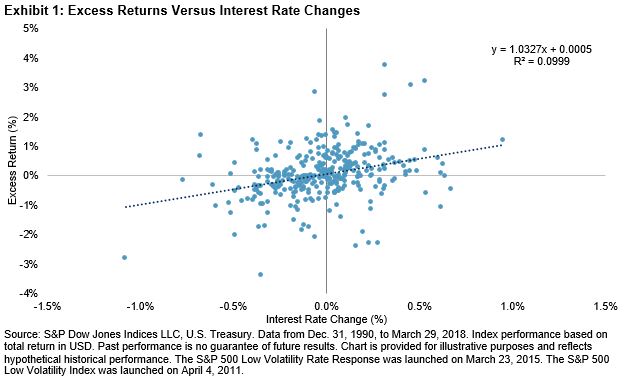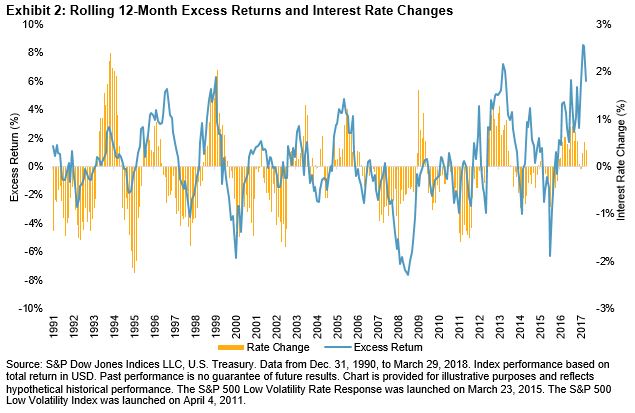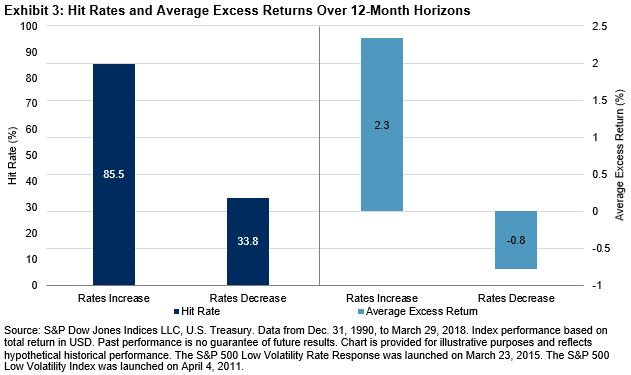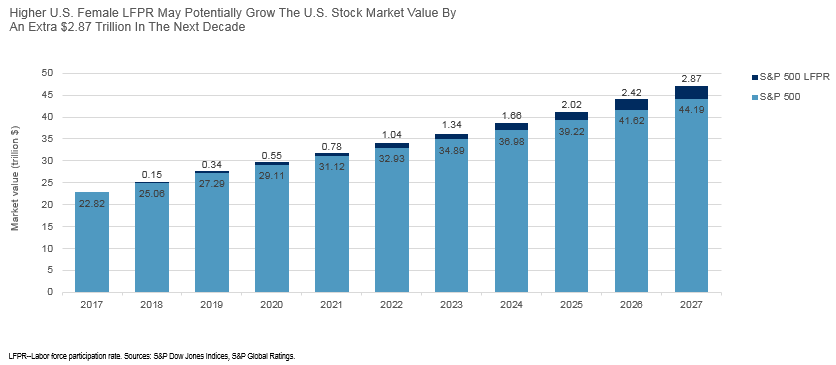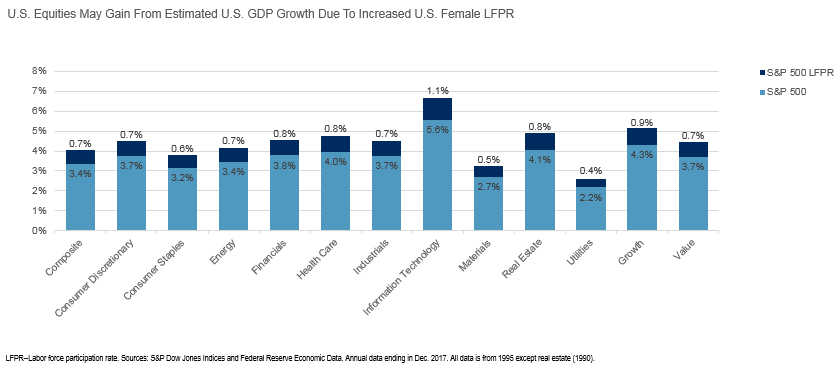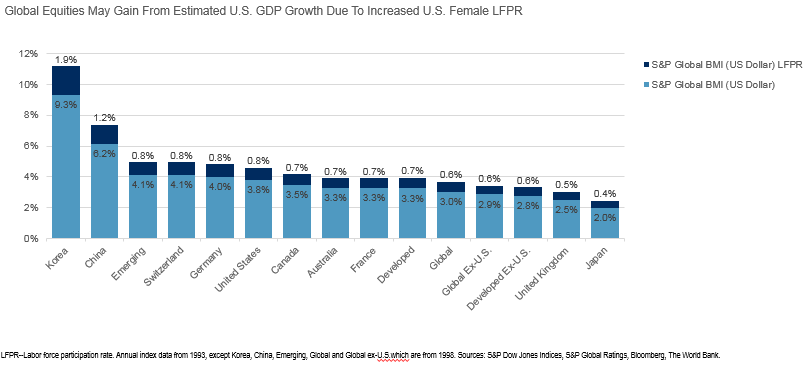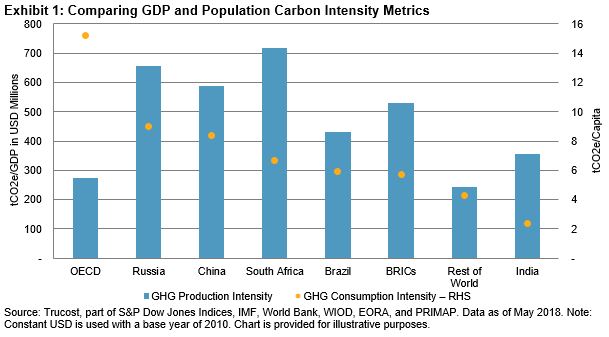As advisors begin mid-year rebalancing of client portfolios, they face a dilemma.
While investors have enjoyed a 9-year Bull Market—including a 21.14% total return by the S&P 500 in 2017—their investment portfolios have built up more equity risk. Absent rebalancing, a standard 60/40 equity/bond portfolio might now resemble a riskier 75/25 allocation.
Given these sizable gains, many clients are reluctant to rebalance portfolios for fear of paying a big tax bill.
So how can advisors and their clients rebalance portfolios without incurring capital gains? Some are turning to a Buy-Write options strategy. The “Buy” part of the phrase includes stocks that an investor already owns, while “Write” refers to using options to rebalance the risk of client portfolios in a more tax-efficient manner.
Buy-Write in Four Steps
According to the CBOE, a Buy-Write strategy is “an investment strategy in which an investor buys a stock or a basket of stocks, and also writes covered call options that correspond to the stock or basket of stocks. Buy-Write strategies have an added attraction to some investors in that Buy-Writes can help lessen the overall volatility in many portfolios.”
Many investors execute this strategy around the CBOE S&P 500 Buy-Write Index (BXM), a benchmark index designed to track the performance of a hypothetical Buy-Write strategy on the S&P 500 Index (SPX).
Here are some steps advisors consider when setting up a Buy-Write strategy for a client:
- Determine equity beta for all holdings in a portfolio: This includes calculating the amount of equity market exposure inherent in their client’s underlying portfolio.
- Calculate the difference between current and target exposure: This number will determine the magnitude of the overlay strategy that will run in tandem with the client’s portfolio.
- Implement option overlay: Sell call options on the S&P 500 in the appropriate amount to bring current exposures in line with a client’s risk tolerance.
- Monitor: Manage the option component in the existing account and make adjustments as markets move.
An illustrative example
The following scenario is familiar to many advisors: a client who just a few years ago had a $700,000 taxable account with a 60/40 equity/bond allocation now has a $1,000,000 nest egg. But outsized gains in the S&P 500 and other stock indices have pushed the portfolio to 75 percent equities and 25 percent bonds.
To rebalance back to 60/40, an advisor would need to reduce the portfolio’s equity exposure by $150,000, or 15 percent of the total portfolio value. Selling could mean a big tax hit and clients are often wired to avoid such actions.
Assuming the equity portion of the sample portfolio above is similar to the S&P 500, executing the buy-write strategy with S&P 500 call options can be a relatively simple and tax-efficient way to bring a portfolio back in line with client objectives.
To do so, an advisor could write, or sell, a call option on the S&P 500 Index (SPX) in relation to the client’s equity allocation that is overweight. In this case, implementing a 30 percent overlay of at-the-money calls would bring the portfolio’s risk profile back to its original 60/40 mandate.
The posts on this blog are opinions, not advice. Please read our Disclaimers.











































